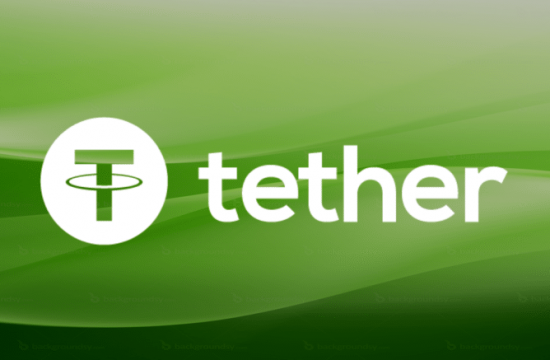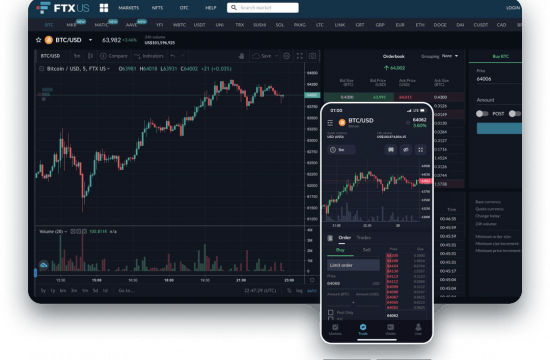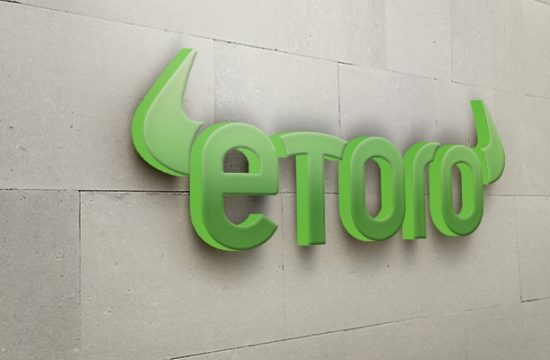The Financial Action Task Force (FATF) has updated its 2019 Guidance for a Risk-Based Approach for Virtual Assets and Virtual Asset Service Providers (VASPs).
Updated in October 2021, the guidance is part of the FATF’s ongoing monitoring of the virtual assets and VASP sector as the crypto space keeps expanding both in investment offerings and consumer adoption.
The FATF standards require countries to:
– Assess and mitigate their risks associated with virtual asset financial activities and providers
– License or register providers and subject them to supervision or monitoring by competent national authorities
The new guidance has made VASPs be subject to the same relevant FATF measures that apply to financial institutions.
The update aims to help countries and VASPs understand their anti-money laundering and counter-terrorist financing obligations, and effectively implement the FATF’s requirements as they apply to this sector.
The 2021 Guidance includes updates focusing on the following six key areas:
– clarification of the definitions of virtual assets and VASPs,
– guidance on how the FATF Standards apply to stablecoins,
– additional guidance on the risks and the tools available to countries to address the money laundering and terrorist financing risks for peer-to-peer transactions,
– updated guidance on the licensing and registration of VASPs,
– additional guidance for the public and private sectors on the implementation of the “travel rule”, and
– principles of information-sharing and co-operation amongst VASP Supervisors
The guidance clarifies that central bank digital currencies are not considered to be virtual assets, although the FATF Standards would apply to them similar to any other form of fiat currency.
It also outlines that all varieties of VASPs, regardless of their business model, should be treated on an equal footing from a regulatory and supervisory perspective.
The document warns of the risk of mass adoption of stablecoins, namely for their specific design features which can impact ML/TF risks. It calls
on countries, VASPs and other obliged entities to identify and to assess ML/TF risks relating to so-called stablecoins before launch and in an ongoing and forward-looking manner.
In addition, it calls on countries and VASPs to understand risks associated with peer-to-peer (P2P) transactions, which are transactions in VAs that do not involve obliged entities, and as well as the types and drivers of P2P transactions.
The document provides detailed information about each of the components of the VASP definition and provides guidance on how stablecoins, non-fungible tokens (NFTs), decentralised finance (DeFi) and decentralised or distributed applications (DApp) and multisignature arrangements relate to
the FATF Standards.












